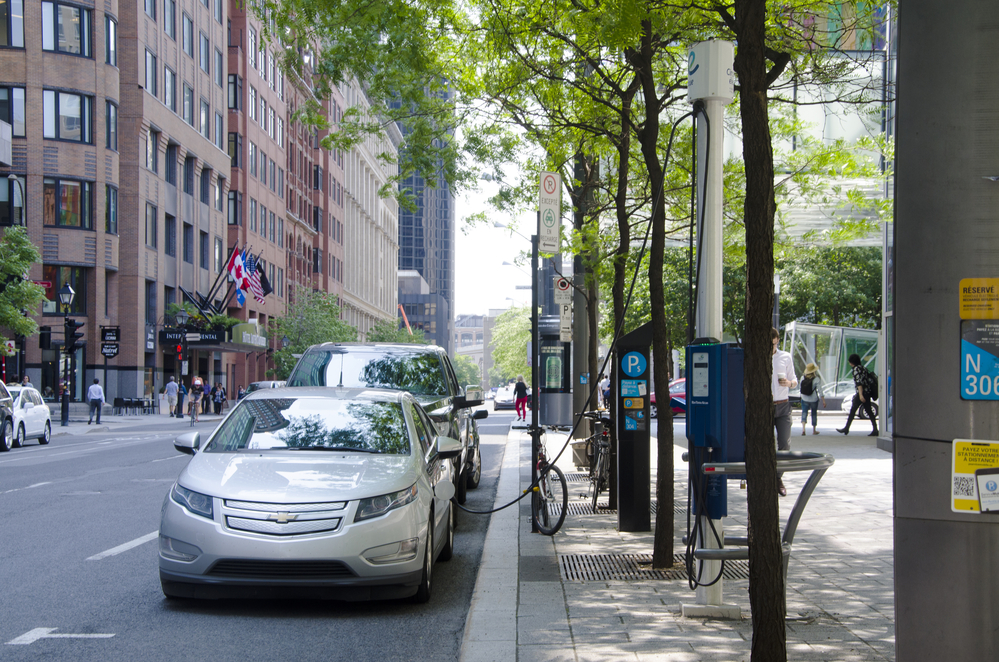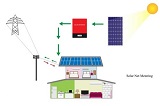As Canada and the world embrace sustainable transportation solutions, electric vehicles have emerged as a promising alternative to traditional gasoline-powered cars. With their lower emissions and reduced dependence on fossil fuels, EVs are playing a significant role in combating climate change. However, to unlock the full potential of electric mobility, it is crucial to have accessible charging stations in place.
Since 2016, Canada has invested heavily in building a coast-to-coast network of EV charging stations. Though the government has set a lofty target of installing 84,500 charging stations by 2029, it is only a little over halfway there at this point.
While these measures should help more drivers confidently switch to EVs, recent data shows only 7,644 of the 43,046 federally funded chargers – just under 18% – are currently operational. Here’s why the federal government should commit to overcoming this challenge.
- Overcoming Range Anxiety
One of the primary concerns for EV drivers is range anxiety – the fear of running out of battery power before reaching a charging station. For many Canadian drivers, this concern is rational. For example, while Ontario has 2,600 charging stations with more than 7,000 ports, they are not all operational. In June, reports emerged that multiple chargers were all out of service simultaneously, leaving many EV drivers stranded between Thunder Bay and Sault Ste-Marie.
Accessible charging infrastructure would alleviate this concern by providing drivers with a network of charging points, ensuring they can conveniently recharge their vehicles. With a robust nationwide charging network, Canadian EV drivers could plan their journeys with the peace of mind that reliable charging options are always within reach.
- Encouraging Adoption and Transition
Accessible charging stations are instrumental in encouraging more people to buy electric vehicles. When potential EV owners see a well-developed charging infrastructure, it makes them feel more comfortable about transitioning away from conventional gas-powered vehicles. The availability of charging stations at homes, workplaces, public spaces and along major travel routes creates a sense of convenience and accessibility, making EV ownership more appealing to a wider audience.
- Supporting Urban and Regional Development
By investing in accessible charging infrastructure, cities and provinces can foster sustainable urban development. Strategically placed EV charging stations near government buildings, schools, shopping areas and other public spaces promote clean transportation options for residents and visitors. Plentiful EV chargers will reduce air pollution and enhance quality of life, while positioning Canada as an eco-friendly destination, attracting businesses and tourism.
- Enhancing Grid Stability and Renewable Integration
Accessible charging stations also play a role in stabilizing the power grid and integrating renewable energy sources. Through smart charging technologies, EV owners can charge their cars during off-peak hours or by using solar panels. A symbiotic relationship between EVs and renewable energy would help balance electricity demand, reduce strain on the grid and maximize the use of clean energy resources.
The Vital Role of EV Charging Stations
As electric vehicles continue to gain popularity, accessible charging stations are fundamental to their success. They address range anxiety, encourage EV adoption, support urban development and enhance grid stability.
The federal government must cooperate with businesses and communities to continue building a comprehensive charging infrastructure, ensuring EV drivers can conveniently recharge their vehicles wherever and whenever they need. By doing so, we can accelerate the transition to a cleaner, greener future of transportation.












